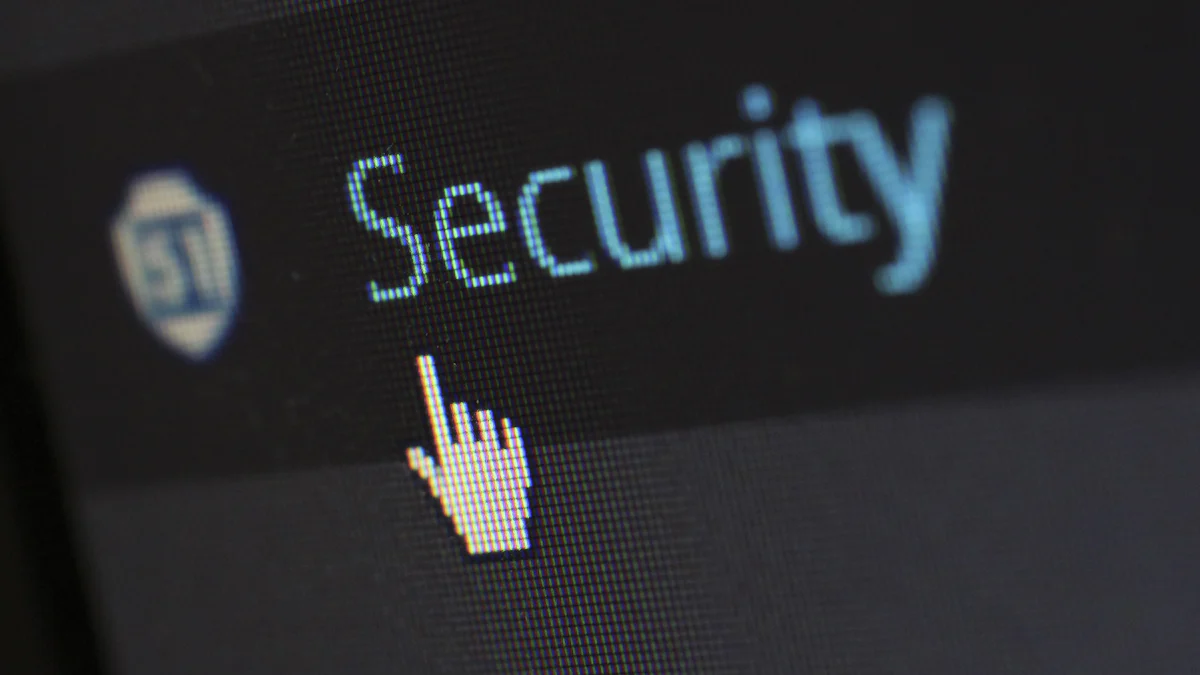Protecting Yourself Against Phishing Attacks: Tips for Online Safety in 2024
 Protecting Yourself Against Phishing Attacks: Tips for Online Safety in 2024
Protecting Yourself Against Phishing Attacks: Tips for Online Safety in 2024
Understanding Phishing
Phishing attacks pose a significant threat to online users, jeopardizing their personal and financial information. It is imperative to comprehend the various forms of phishing scams to ensure online safety. Recognizing deceptive emails and implementing protective measures are vital steps in safeguarding against online fraud.
Stay Informed: Understanding the different types of phishing attacks is crucial for protecting yourself against online threats.
Phishing Types
Common Phishing Techniques
Deceptive messages in the form of phishing emails often mimic reputable entities like banks or government agencies. This tactic aims to trick individuals into divulging sensitive information, posing a significant threat to online security.
Spear phishing is a targeted approach that focuses on specific individuals or organizations, making it more challenging to detect and thwart.
Phishing SMS and Phone Scams
- Online scams through phishing SMS and phone calls are designed to deceive individuals into providing confidential information. Cybercriminals may employ social engineering tactics to manipulate victims into sharing personal data, posing a grave risk to online safety.
Avoiding Phishing Attempts
Recognizing Phishing Red Flags
Be wary of any urgent or threatening language used in emails or messages. Phishing attempts often try to create a sense of urgency to prompt immediate action, which is a common tactic used by cybercriminals to deceive individuals.
Check for inconsistencies in sender details and web addresses. Fraudulent attempts may use email addresses or domain names that closely resemble those of reputable organizations, aiming to trick recipients into believing the communication is legitimate.
Verifying Requests for Information
Always take the time to verify the legitimacy of requests for personal or financial information. Deceptive tactics often involve requests for sensitive data under false pretenses, so it's crucial to confirm the authenticity of such inquiries before responding.
Use official contact information, such as phone numbers from official websites or previously received correspondence, to confirm the authenticity of requests. This extra step can help ensure that you are providing sensitive information only to legitimate sources.
Protective Cybersecurity Measures
In today's digital landscape, safeguarding against cyber threats is paramount. Implementing robust protective measures is crucial to fortify online security and protect sensitive information from phishing attacks.
Implementing Email Filters and Security Software
Utilize Email Filters: Employ email filters to proactively identify and block potential phishing emails. By setting up filters to flag suspicious content, individuals can significantly reduce the risk of falling victim to phishing attempts.
Install Reputable Security Software: It's essential to install reputable security software that offers comprehensive protection against malware and phishing threats. These tools provide an additional layer of defense, actively detecting and neutralizing potential risks before they can compromise personal or financial information.
Educating and Training Employees
Conduct Cybersecurity Awareness Training: Organizations should prioritize conducting cybersecurity awareness training programs to educate employees about the risks associated with phishing attacks. By enhancing employees' understanding of potential threats, companies can empower their staff to recognize and respond effectively to phishing attempts.
Encourage Reporting of Suspicious Activities: Encouraging employees to report any suspicious emails or phishing attempts they encounter is critical. Establishing a culture of vigilance within the organization can help mitigate the impact of potential cyber threats by enabling swift action in response to such incidents.
By implementing these protective cybersecurity measures, individuals and organizations can bolster their defenses against phishing attacks, contributing to a safer online environment for all users.
Staying Safe Online
In today's digital age, staying safe online requires constant vigilance and proactive measures. By remaining informed about the evolving tactics of phishing attacks and online fraud, individuals can fortify their defenses against cyber threats. Implementing robust cybersecurity measures and educating others about online safety are essential steps in preventing deceptive tactics from compromising personal and financial information. Through a combination of awareness, education, and proactive action, individuals can navigate the online world with confidence, knowing they have taken necessary steps to protect themselves against phishing attacks.
